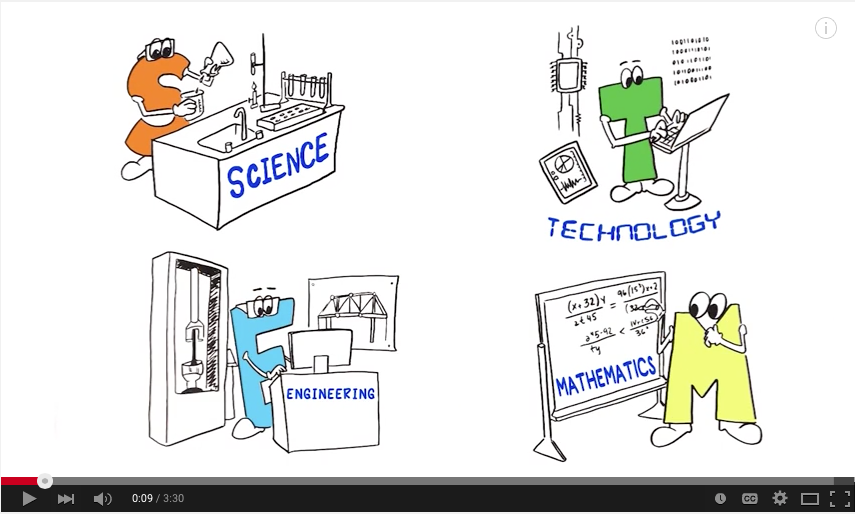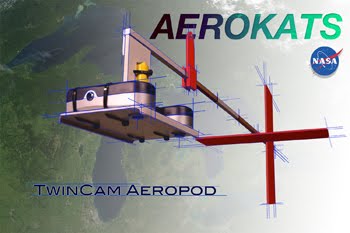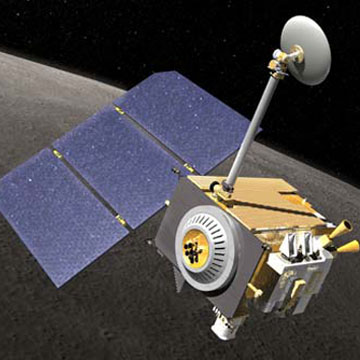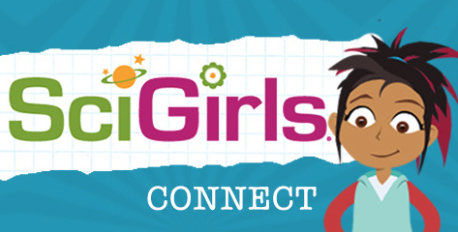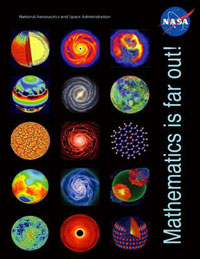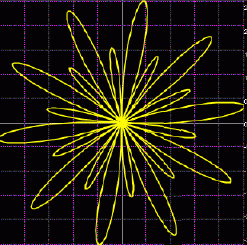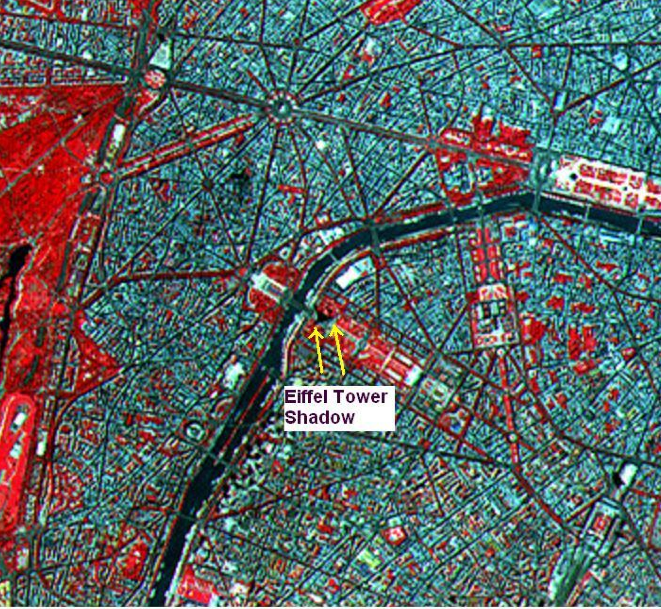Science, Technology, Engineering, and Mathematics (STEM) - GLOBE Across the Curriculum
Science, Technology, Engineering and Mathematics (STEM)
|
Science - Students use scientific protocols, mathematics and technology when learning scientific research methodologies and analyzing data sets. The GLOBE investigation areas include Earth science and biology topics in atmosphere/climate, hydrology, soil, land cover, and phenology. |
|
|
Technology - Students can build their own GLOBE instruments, such as weather stations, clinometers, and spectrometers. Agricultural education students can actively assist scientists and farmers in the field to better track environmental events affecting crop production. |
|
|
Engineering - Students apply their knowledge of science, technology, and math in GLOBE. Here are some engineering resources in the GLOBE community. Teach Engineering has a lot of engineering activities aligned with Common Core Math. |
|
|
|
In the Investigating Climate Change and Remote Sensing (ICCARS) Project, students use NASA's Airborne Earth Research Observation Kites and Tethered Systems (AEROBATS) and GLOBE to study their local environment from a remote sensing perspective. |
|
|
NASA satellite missions have activities that relate GLOBE to engineering applications, such as the Mapping Our World remote sensing activity, the Global Precipitation Measurement Satellite Mission (GPM) LEGO Model, and the edible Build an LRO (lunar orbiter) activity. |
|
|
SciGirls engineering activities, such as Twirling in the Breeze, Blowin' in the Wind, and Parachute Parade, can easily be incorporated in GLOBE investigations of the atmosphere. |
|
Math - Math is an integral part of many GLOBE protocols. Here are a few additional math resources in the GLOBE community.
|
|
|
|
Space Math @ NASA is designed to teach students about astronomy and space science by using mathematics and real-world problems. |
|
|
MathTrax is a graphing tool from NASA with descriptions and sound so you can hear and read about the graph. |
|
|
Earth Math: A Brief Mathematical Guide to Earth Science and Climate Change has dozens of math activities that guide students to master fractions, unit conversions, modeling, scale drawings, and more through real-world NASA tools like using satellite images to estimate glacier retreat and biomass loss from fires, and analyze total carbon dioxide emissions. |





